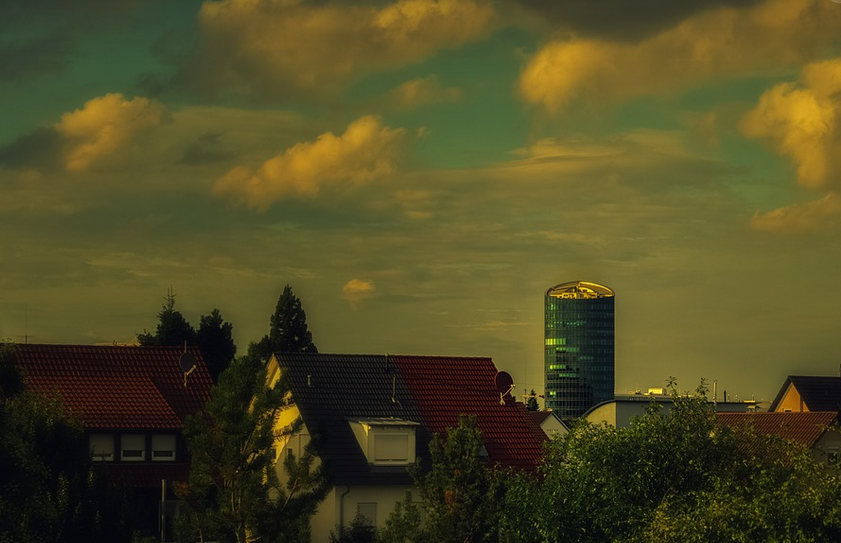A Modern Monument to Time and Change
Imagine stepping onto a vast, sun-baked expanse, stretching as far as the eye can see. The smooth, shimmering surface of asphalt ripples under your feet, seemingly absorbing all sound except for the distant hum of traffic. This is Robert Smithson’s “Asphalt Rundown,” a monumental artwork that continues to captivate and provoke audiences centuries after its creation.
Born from his fascination with modernism, Smithson saw potential in the mundane, transforming it into a canvas for introspection. The rundown asphalt of the 1960s wasn’t just an ordinary pavement; it was a symbol of American expansion, urban decay, and the fleeting nature of time.
Smithson’s artwork wasn’t merely about the material itself. It was about evoking a sense of awe while prompting reflection on our relationship to place, progress, and what we choose to leave behind. His ambition wasn’t just to create a spectacle; it was to spark a conversation about the enduring mysteries of time and change.
The project’s title is intentionally provocative, playing with the idea of “rundown” – suggesting gradual decay, erosion, and eventual transformation. A stark contrast emerges between the smooth sheen of the asphalt and the rough edges of human intervention, evoking a sense of transience and impermanence, but also highlighting the slow process of natural change.
The artist’s work wasn’t about literal destruction, though; it was about leaving behind a record of what once stood. The remnants of his artistic vision served as reminders that things were constantly evolving, and even the most seemingly static spaces are subject to time’s relentless passage.
Smithson’s “Asphalt Rundown” stands in stark contrast to the meticulously designed landscapes we often encounter in modern art. Instead, it embraces a sense of raw reality, challenging viewers to think about their own relationship to the environment and how we navigate the complexities of life’s inevitable decline.
The work is not just a static installation; it’s an ever-evolving entity that reacts to the very elements that surround it. As years pass, weather patterns shift, and vegetation takes hold, the site undergoes a transformation, mirroring the natural cycles of life and death, growth, and decay.
One thing for sure: Robert Smithson’s “Asphalt Rundown” invites us to confront our own mortality, our place in this finite world. It is a reminder that everything changes; nothing lasts forever. Its enduring presence serves as a poignant testament to the beauty and fragility of life itself.
As you walk across the smooth, grey surface, you can’t help but feel a sense of awe. The vastness of the landscape pushes back on the limitations we place upon ourselves, forcing us to confront our own mortality and the fleeting nature of time. The work is not simply about asphalt; it’s about the very essence of existence.
One thing for sure: Robert Smithson’s “Asphalt Rundown” invites us to confront our own mortality, our place in this finite world. It is a reminder that everything changes; nothing lasts forever. Its enduring presence serves as a poignant testament to the beauty and fragility of life itself.
Smithson’s work transcends its physical form, leaving behind an indelible mark on the landscape of memory.
